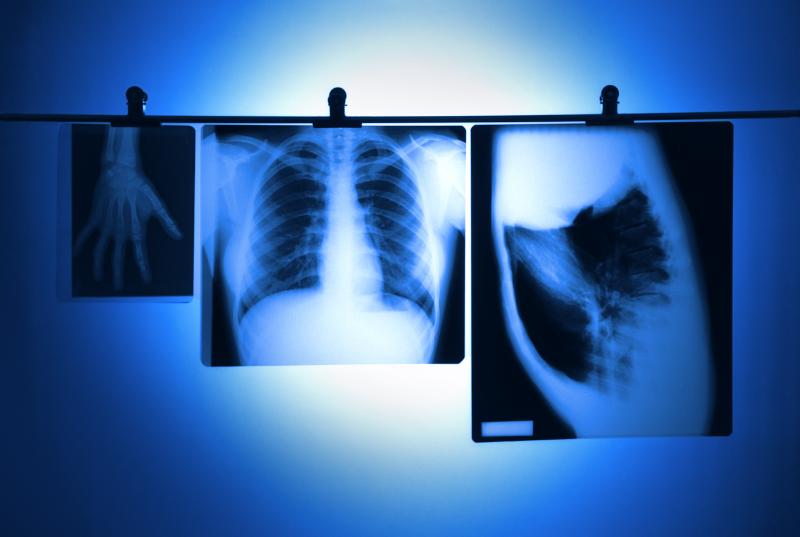
The convolutional neural network (CXR-LC) model has successfully pinpointed smokers who are at increased risk for incident lung cancer beyond Centers for Medicare & Medicaid Services (CMS) eligibility and using information commonly available in the electronic medical record (EMR), reports a study.
The investigators conducted this risk prediction study in US lung cancer screening trials. The CXR-LC model was developed in the Prostate, Lung, Colorectal, and Ovarian (PCLO) Cancer Screening Trial (n=41,856). The final model was validated in additional PLCO smokers (n=5,615; 12-year follow-up) and National Lung Screening Trial (NLST) heavy smokers (n=5,493; 6-year follow-up). Results were reported for validation data sets only.
Discrimination (area under the receiver-operating characteristic curve [AUROC]) for incident lung cancer was better with the CXR-LC model than with CMS eligibility (PLCO AUROC, 0.755 vs 0.634; p<0.001). The performance of the CXR-LC model was comparable to that of PLCOM2012, a state-of-the-art risk score with 11 inputs, in both the PLCO data set (AUC, 0.755 vs 0.751) and the NLST data set (AUC, 0.659 vs 0.650).
Comparisons in screening populations with equal size showed that CXR-LC was more sensitive than CMS eligibility in the PCLO data set (74.9 percent vs 63.8 percent; p=0.012) and missed 30.7 percent fewer incident lung cancers. Finally, decision curve analysis revealed a higher net benefit with CXR-LC than with CMS eligibility, while the former had similar benefit to PLCOM2012.
The study was limited by its validation in lung cancer screening trials and not in a clinical setting.
“Lung cancer screening with chest computed tomography (CT) reduces lung cancer death,” the investigators said. “CMS eligibility criteria for lung cancer screening with CT require detailed smoking information and miss many incident lung cancers.”